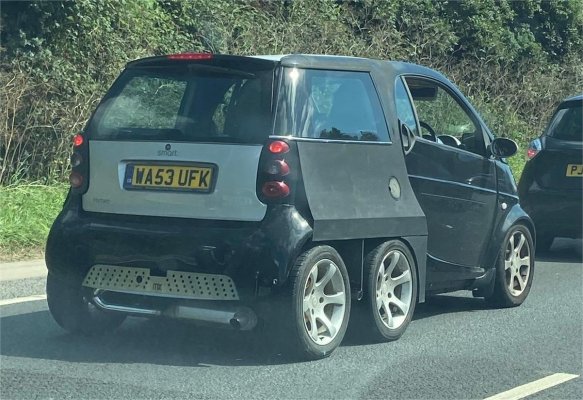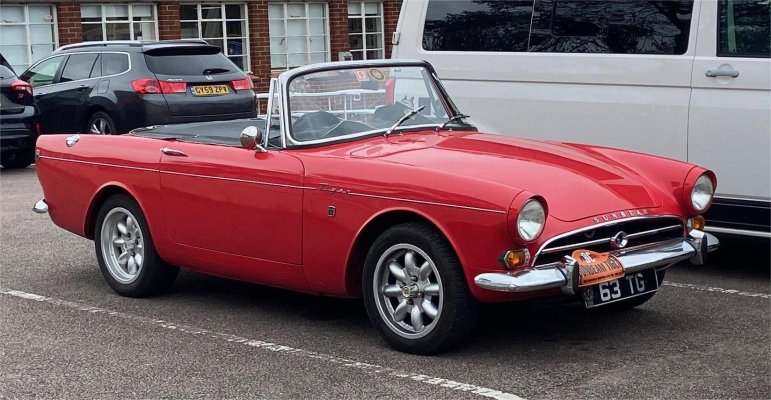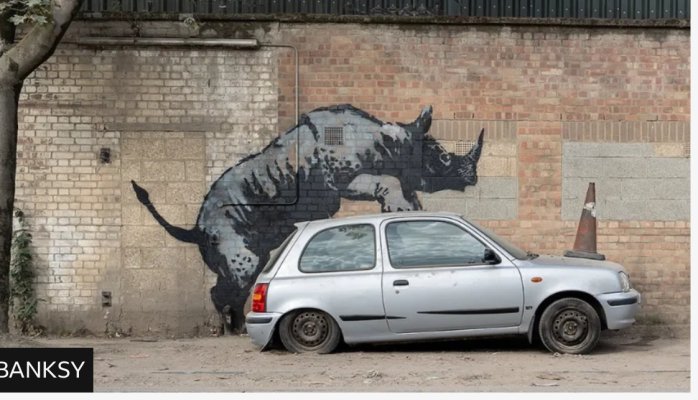I think the sad truth is that pretty much all pre-war and immediately post-war cars - with a narrow list of exceptions - just don't work well on modern roads. Many also require "unusual" (for today's drivers) driving techniques that hardly anyone now remembers, then add in that there's a tiny and shrinking pool of people who know how to maintain them properly and also where to find necessary spares and you have a perfect storm regarding values. The RMB in my photo's is one of the exceptions in that it was a beautifully proportioned car of that era that was also blessed with enough performance to make it usable today without commanding the telephone number prices of the exotica from the same sort of period.
A friend of mine has a 1925 Rolls-Royce 20hp Tourer and the reality of such cars is that their value has been and is dropping year on year because those who knew how to drive and maintain them have mostly shuffled off this mortal coil leaving a tiny (and still shrinking) market amongst a few eccentrics. How many people are there willing to spend hours greasing the chassis and running gear every 500 miles? Or deal with the almost inevitable cracked cylinder head? Or coax a recalcitrant auto-vac into delivering fuel reliably? Not many, I'd wager. I've driven it and it really does take some planning and concentration just to navigate our roads, let alone mix it with even light traffic. The engine may be a wonderfully smooth and tractable 6-pot, but the gearbox is heavy and cantankerous, the steering heavy and ponderous and cast iron brake shoes on cast iron drums do not good stopping power make.
Some things are better as memories.
Have seen a couple of Bangers & Cash episodes where Derek M. has said the market for prewar cars in the UK is dropping off in proportion to those knowledgeable about them also "dropping off" and the youngsters now wanting "Youngtimers" such as 1980 & '90s Fords/VW/BMW/Audi/Subaru etc.
I've been on a steep learning curve since acquiring my 1922 Citroen B2 and 1926 Chevrolet Superior Series V Touring ... both with no power steering, solid and wooden wheels respectively, no sychro gearboxes, no wipers, magneto start, 6V electrics and poor lighting, rear brakes only (handbrake on rear, too). It's "fun" finding bits ... bodywork almost impossible but greasy bits available if you search hard and long enough, or cobble something together with the help of a retired garagiste and another engineer friend who used to make and sell ford race engines i.e Burton & Cosworth back in the day. Every day is still a school day and makes retirement just that bit more interesting.
The upside is the interest shown at the car shows. Lots of other oldies there - mostly French of course - and several owned by youngsters (20/30s) who inherited from their grand/parents and who are keen to keep them going. Such a vibrant community and perhaps more so than the UK, but I have no knowledge of that scene any more.
Another friend has a 1938 Bentley and 1959 Jaguar XK150, both in superb order and a French friend has over 20 Rolls & Bentleys from the late 1920s to present day, including a couple of Corniches and his pride and joy is a 1936 20/25 Tourer. He is President of the France Rolls Royce and Bentley Club with his own Museum and - more importantly - all the gear for maintaining his cars. Just a lucky coincidence he is so close.
Also recently bought a 1985 Citroen 2CV6 Special which needs bodywork including new floor panels but every part is readily available and there are clubs galore with loads of advice. You can take the whole car apart with a socket set, hammer, pliers and screwdrivers ... O.K need a hub puller for axles/brakes, but every garage has one. Aforementioned friend has built 3 from scratch to concours standard, but I'll be happy with new floor panels, a chassis clean/Dinitrol and a new paint job.
Still, keeps me off the streets and, as Mrs Swotty says, away from conspiracy theories ... or, as I now refer to them, prophecies.






